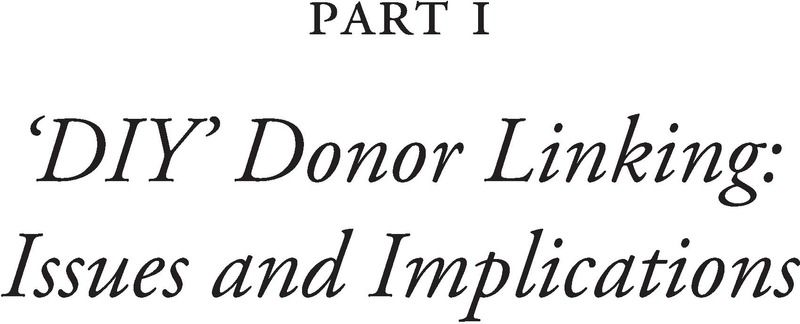Book contents
- Donor-Linked Families in the Digital Age
- Donor-Linked Families in the Digital Age
- Copyright page
- Dedication
- Contents
- Tables
- Contributors
- Acknowledgements
- Donor-Conceived Families
- Part I ‘DIY’ Donor Linking: Issues and Implications
- Part II Children’s and Adults’ Lived Experiences in Diverse Donor-Linked Families
- Part III Institutionalised Resistance to Openness
- Index
- References
Part I - ‘DIY’ Donor Linking: Issues and Implications
Published online by Cambridge University Press: 13 July 2023
- Donor-Linked Families in the Digital Age
- Donor-Linked Families in the Digital Age
- Copyright page
- Dedication
- Contents
- Tables
- Contributors
- Acknowledgements
- Donor-Conceived Families
- Part I ‘DIY’ Donor Linking: Issues and Implications
- Part II Children’s and Adults’ Lived Experiences in Diverse Donor-Linked Families
- Part III Institutionalised Resistance to Openness
- Index
- References
Summary

- Type
- Chapter
- Information
- Donor-Linked Families in the Digital AgeRelatedness and Regulation, pp. 13 - 100Publisher: Cambridge University PressPrint publication year: 2023



